Metrum Acoustics Pavane non-oversampling DAC +USB
During the past year, Cees Ruijtenberg, chief designer at Metrum Acoustics has developed a new DAC.
It was an unprecedented challenge, which was eventually solved by introducing an entirely new chip, completely developed by Metrum Acoustics.
With the goal of creating a very special 21st Century DAC, designer Cees Ruijtenberg has for some time, endeavoured to overcome the limitations of modern digital to analogue conversion techniques.
The luxurious front more than conceals these new chips: The parallel driven R2R ladder networks used in the eight DAC modules performs, when combined with our FPGA-driven "forward correction module, on a very high level. The 'module' splits the audio samples for each channel into new separate data streams. Each dac cluster processes a portion of the data in the area of the chip where its at its most linear.
The result is that its extremely linear right down to -140 dB (see graph above). A realistic 24 bit dynamic range is achieved. Due to the dual mono design over the entire frequency range an extremely high channel separation of 120 dB is further realized. This contributes to the flawless positioning of instruments.
In short, the Pavane is a DAC that has taken all the lessons and experiences of its forebears and further developed upon them. It is musical, honours the Non-oversampling principle.
"From the start, it proved me wrong, displaying an unexpected leap in sound and musical quality. More organic, more refinement, beautiful timing, excellent pace, dense timbre and harmonic richness, saturated tonal colours, exceptionnal dynamic expression ... It is a homerun. You can add to this impressive pedigree great but natural and palpable focus, outstanding decays and soundstage. The whole in an effortless, natural, balanced yet poised way"
Haddock, user.
Specifications:
- Working Principle: Non oversampling dac. Forward (FPGA) corrected, 4 Dacs pro channel in differential mode.
- Power: 45 VA via 3 separated torodial transformers.
- Mains Voltage: AC 220/230V AC 60/50Hz
- Input: 1x optical, 2x coaxial (1x BNC and 1x RCA) - AES/EBU and USB
- Outputs: 2x RCA Neutrik © cinch connectors. 2x XLR balanced output
- Output Voltages: RCA : 2 Volts RMS - XLR: 4 Volts RMS
- Frequency Response: 1Hz - 20 khz -2.5 dB. 44.1 kHz sampling 1Hz - 65 kHz - 3dB .192 and 384kHz (USB)
- Distortion: 0,008 % THD
- Noise: -145 dB t.o.v. 2 Volt RMS
- Output Impedance: RCA 100 Ohm. XLR 200 Ohm
- Sampling Rates: Optical 44 - 96 kHz sampling rate
- Coax and AES/EBU: 44 -192 kHz . USB 44 - 384kHz sampling rate
- MQA Module: optional
- Dimensions: 440 x 320 x 85 mm.
- Weight: 9000 grams
Pavane Level 1 / 2 / 3
To bring the Pavane on the same level as the Adagio , Metrum Acoustics is delivering the Pavane with the following options that allow to obtain two extra performance levels:
Level 1 Is our current Pavane , based on DAC ONE technology and using external FPGA forward correction technology.
Level 2 The Pavane will be modified based on our DAC TWO 24 bit broadcast module, having the forward correction technology available on each dac module and will have a max. sampling rate of 192kHz.
Level 3 The Pavane will be modified based on our DAC TWO 24 bit high end module, having the forward correction technology available on each dac module and will have a max. sampling rate of 384 kHz. Like the Adagio, all dacs will be matched together to get the highest possible performance.
Please read the interview to Cees Ruijtenberg below, to understand how the new DAC TWO works and what you are going to obtain with Level 2 /3.
Cees Ruijtenberg. "It's easy to see how the Adagio is part of the same family as our Pavane yet under the hood we optimized it to excel as a preamplifier. Compared to the Pavane, we made several changes to insure that performance of the volume control remained constant across its range. Since we alter the reference voltage of the converters to change volume, we needed the very best performance from them. Therefore we drive them almost to their limits for the lowest distortion and best S/N ratio. We also changed the DAC ONE module of the Pavane to the newer DAC TWO. As you'll remember, we used an FPGA to split up the 24-bit domain into two streams, each fed to a single DAC One module. Afterwards we summed these streams to get back the full analog signal with improved low-level linearity".
"I'd always wanted to get this process under the hood of just one module. In other words, take two of the DAC ONE modules plus their external FPGA, then put them in the small housing we already used. First steps were taken under a microscope and successful. We aced this during the spring of 2016 but a lot of effort then went into optimizing our test facilities. We must load each DAC with the algorithm and test it at the same time. Because we like to watch for consistent performance, production capacity was limited. For instance, we see the effect of pollution on very low levels due to solder residue. It's one more reason why one should never build ladder DACs in free air. Another disadvantage are temperature changes. Those can be avoided in our housing which keeps the temperature constant for each resistor of the ladder. Look at the above table. It shows you the accuracy needed for 24 bits of resolution which can only be achieved with laser trimming. The very best resistors today have an accuracy of ~0.01%. That means about 14 bits. What can also be seen is that due to so-called 'Johnson noise', you never exceed 24-bit accuracy in the analog domain. Johnson noise is the thermal self noise of a resistor itself. This can only be lowered by suppressing the ambient temperature. For a normal environment at 25°C (even higher inside many electronics), 32-bit resolution is commercial hooey. It's impossible. Johnson noise will dominate. Perhaps in the Arctic's sub-zero temps of -40°C, resistors will perform better but to be more precise, higher resolution is currently only possible in the digital domain. That's in fact our FPGA which runs at 400MHz using 64-bit words."
"Another advantage for our DAC Two module is that it contains paired converters. Using the same number of modules as before, we now double the effective number of ladders. The current Pavane runs four modules per side, hence four ladders. The Adagio gets eight per channel even though you only see four. This doubling has a positive effect on noise, distortion and linearity. That's why we started an update program to get the Pavane to the same performance level. The current Pavane is now marked Level 1. Two more levels can be chosen, from Level 2 [+€826 ex VAT for the 192kHz broadcast module] to Level 3 [+€1'240 ex VAT for the 384kHz high-end version]. A final advantage of the DAC TWO module is that it frees up the slot for the external FPGA on the digital input board for future options. We already sent our DAC TWO module to MQA and have been certified. We are now busy creating the MQA module as an option across our entire range from Musette to Adagio (as long as the DAC TWO module is used). Back to the Adagio. Because we use a variable reference voltage, we had to redesign the boards. Because the modules need some voltage to work, it is not possible to go to zero. A safe minimum level is -60dB—quite low already—but to achieve true zero, we added a mute function. For matching the Adagio to every kind of amplifier, there is a new switch for each channel on the back. This lowers the output by -10dB; about 700mV RMS. Last but not least, we created some 3-pin trigger connectors on the back to switch power amps on and off; and use three 30VA not 15VA power transformers.
"Sonically, the Adagio (or Pavane Level 2 or 3) goes a step further and is even more refined than what you've heard from us yet. It's also compliant now with 384kHz sample rates. Running the Adagio as a normal converter is realized by setting its volume to 12:15. This is equivalent to an upgraded Pavane run with a standard preamplifier. However, when the Adagio connects directly to a power amp, it relies on a new mind set. Now any kind of 'secret sauce' or 'signature' disappears. It certainly brings you closer to minute musical details but can also be a reason to change out cables or other types of tweaks. I don't have to tell you that the sum of all parts in the chain will have a clear effect on the final result. As to max output, setting that was a careful match between noise figures and voltage so we set it at just above 4/2Vrms for XLR/RCA. You probably have to increase the encoder's setting a bit more for very low-level recordings but in all cases we tried, including your Pass amps, adjustments were very convenient. With a 2Vrms output, the noise floor in amp-direct mode is now -155dB! That's because our converters run on twice the voltage and thrice the reference voltage as before. This boosted the Pavane's already very good noise figures by another 10dB. Finally, when connecting the Adagio to the mains for the very first time, use the remote to release the mute function. Only when the Adagio disconnects from the mains and then reconnects must this be done again. It takes about three weeks of use before the sound fully matures so leave it on for the duration."
*** Note for all previous Pavane (Level 1) Owners: the Pavane update program has started, to bring the Pavane to Level 2 or Level 3. Ex VAT prices are eur 826 for Level 2 and eur 1240 for Level 3 upgrades. Please contact us for further information.
Background information on non-oversampling conversion
- Non-oversampling Digital filter-less DAC Concept by Ryohei Kusunoki
- Manifacturing and testing the mini dac


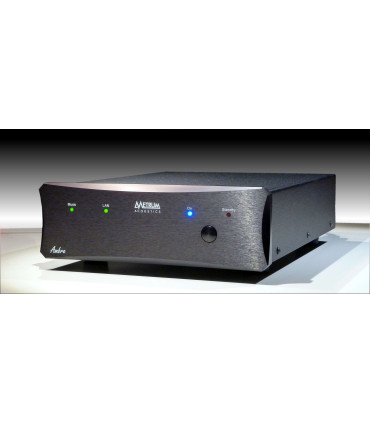

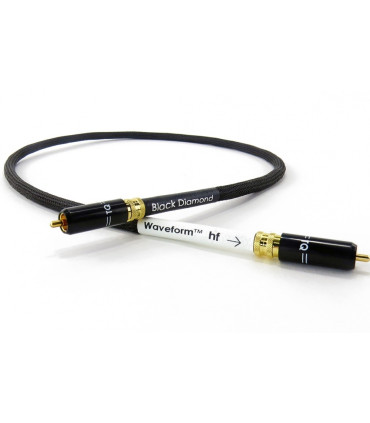
![iDSD Valkyrie DAC and Headphone Amplifier [2nd hand]](https://www.playstereo.com/23708-home_default/idsd-valkyrie-dac-and-headphone-amplifier-2nd-hand-.jpg)
![IFI iDSD 2 DAC and Headphone Amplifier [2nd hand]](https://www.playstereo.com/23713-home_default/ifi-idsd-2-dac-and-headphone-amplifier-2nd-hand-.jpg)
![iFi xDSD Gryphon DAC and Balanced Amplifier [2nd hand]](https://www.playstereo.com/23719-home_default/ifi-xdsd-gryphon-dac-and-balanced-amplifier-2nd-hand-.jpg)
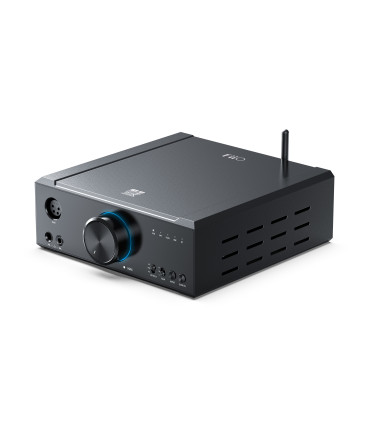
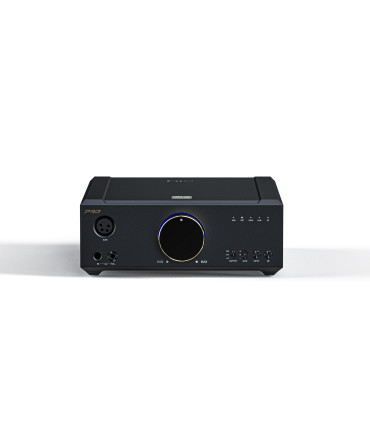

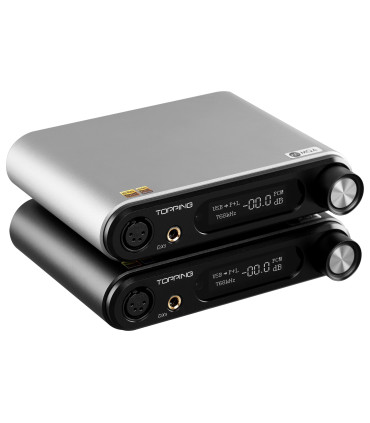
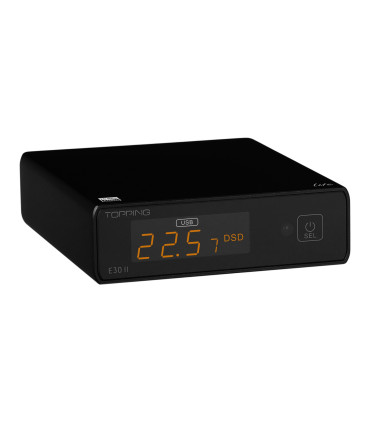


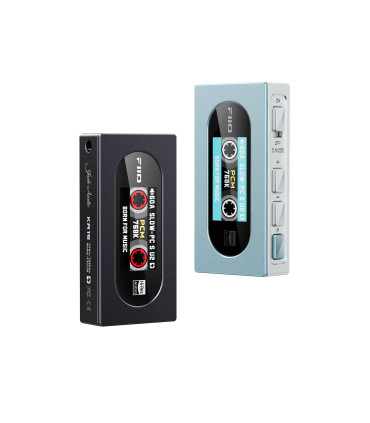
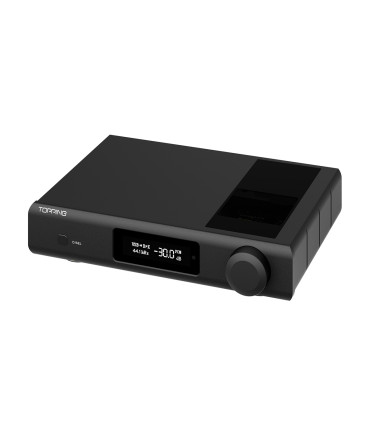
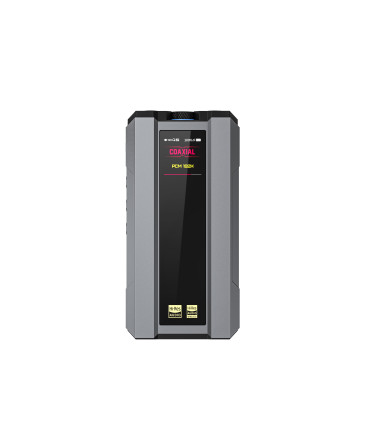



















Leave a review